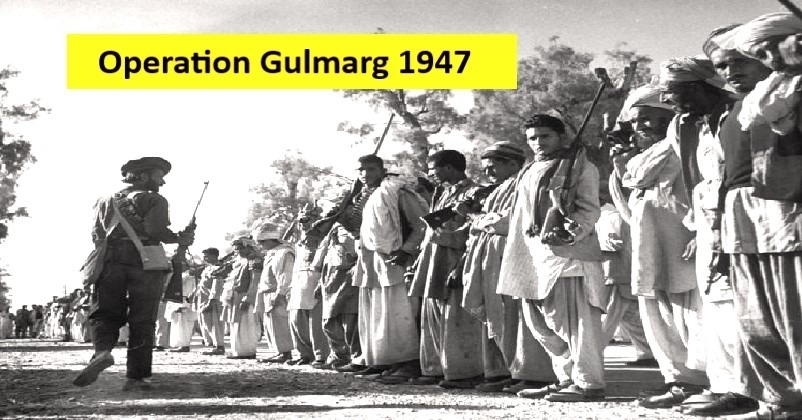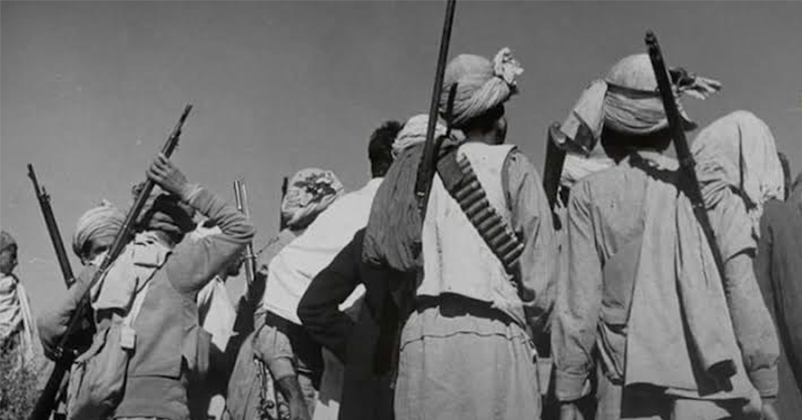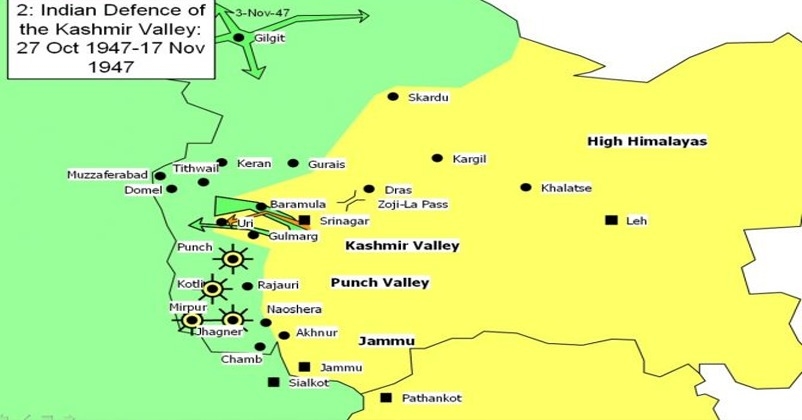22 October 1947: Pakistan’s invasion of Jammu and Kashmir and fall of Muzzafarabad: The darkest day in the history of J&K
Total Views |

The fall of Muzaffarabad on October 22, 1947, is a darkest event in the history of the Jammu and Kashmir between India and Pakistan. It marked the beginning of atrocities and innocent killings in the region by Pakistani forces after the partition of India in 1947. The events in the Kashmir valley are well known, and the looting and violence that was unleashed is well documented.
India and Pakistan became independent nations on August 14 and August 15, 1947, respectively. Soon after, the region of Jammu and Kashmir which was an independent princely state became a point of contention between the two countries, leading to invasion of Muzaffarabad and other parts of the state by Pakistan.
Operation Gulmarg
Operation Gulmarg was a codename for a plan formulated by the Pakistani government and military to support the invasion of Jammu and Kashmir in 1947. It was part of Pakistan's strategy to secure the accession of the princely state of Jammu and Kashmir to Pakistan.
Operation Gulmarg involved providing logistical and military support to invaders and army regulars who had invaded Jammu and Kashmir in late 1947. The plan included the deployment of Pakistani military personnel and equipment to assist these tribal forces. The goal of this operation was to capture and secure the region for Pakistan.
 You tube screenshot pf Pakistani invaders.
You tube screenshot pf Pakistani invaders. The invasion and Operation Gulmarg were key elements in the outbreak of the First Jammu and Kashmir War between India and Pakistan. This event ultimately led to the larger war over J&K which lasted till late 1948.
Operation Gulmarg was launched on the night of 22 October, 1947. Over 2,000 invaders along with Pakistani army regulars first captured the bridge spanning the Kishanganga River on the Hazara Trunk Road linking Muzaffarabad with Abbottabad without a fight. The J&K troops guarding the bridge deserted and joined the invaders. By morning, the first major J&K border town of Muzaffarabad had been captured.
The horrors that then unfolded in Muzaffarabad were chronicled by Pakistan journalist Zahid Choudhary in his 12 volume work (Political History of Pakistan). He wrote that for three days the invaders indulged in killing non-Muslims, looting, plundering and burning their houses. Thousands of Hindus and Sikhs perished and thousands of young women, girls and children were kidnapped and taken captive by Pakistani raiders.
Writers have estimated that the number of Hindus and Sikhs massacred during these three days were around 4500-5000 and the number of kidnapped women to be more than 1600.

The National Archives has documents relating to the hapless victims of partition, both in Mirpur-Muzzafarabad and Gilgit Baltistan area, both under Pakistani occupation since UN mandated Ceasefire of 1 January 1949. Till 1950, the issue of evacuation and release of Hindu and Sikh girls, women and children was in national headlines, but soon it was relegated to the dusty files of National archives.

